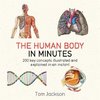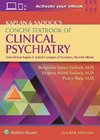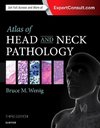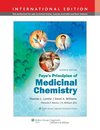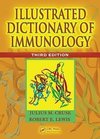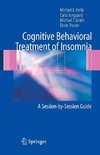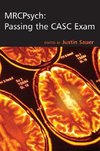
-
 Anglický jazyk
Anglický jazyk
Pharmacology of Histamine
Autor: Yazachew Engida
Histamine has a wide spectrum of actions involving many organs and organ systems. These effects include actions on smooth muscle, vascular endothelium, afferent nerve terminals, heart, gastrointestinal tract, and CNS. On smooth muscle, histamine causes some... Viac o knihe
Na objednávku
36.99 €
bežná cena: 41.10 €
O knihe
Histamine has a wide spectrum of actions involving many organs and organ systems. These effects include actions on smooth muscle, vascular endothelium, afferent nerve terminals, heart, gastrointestinal tract, and CNS. On smooth muscle, histamine causes some muscle fibers to contract and others to relax. Histamine plays a major role in the pathophysiology of allergic diseases, including rhinitis, urticaria, asthma, and anaphylaxis. Histamine exerts its effects through its interaction with one of four distinct receptors (H1, H2, H3, H4). In a localized allergic reaction, an allergen (antigen) first penetrates an epithelial surface (e.g., skin, nasal mucosa). The allergen can also be delivered systemically, as in the case of an allergic response to penicillin. With the aid of T-helper (T H ) cells, the allergen stimulates B lymphocytes to produce IgE antibodies that are specific for that allergen.
- Vydavateľstvo: LAP LAMBERT Academic Publishing
- Rok vydania: 2020
- Formát: Paperback
- Rozmer: 220 x 150 mm
- Jazyk: Anglický jazyk
- ISBN: 9786202786935
